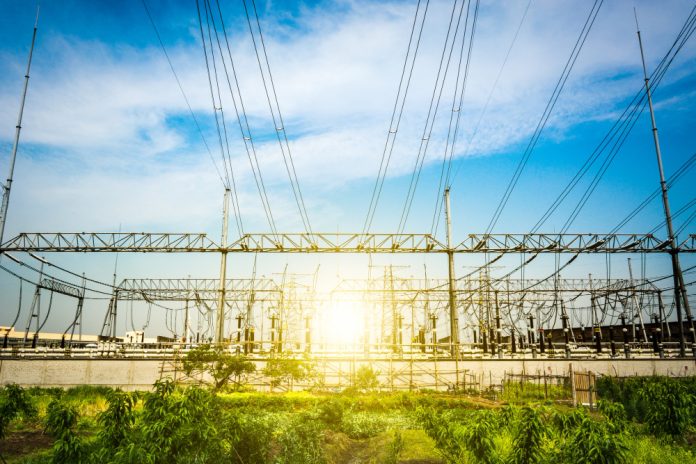The Ethiopia-Kenya green electricity grid, which officially opened in 2023 after over a decade of planning and construction, is transforming energy connectivity in East Africa. This project is more than just infrastructure; it represents an economic and environmental initiative, linking not only power grids but also nations and their populations.
The project cost $1.26 billion, with $338 million provided by the African Development Bank, along with contributions from the World Bank, Agence française de développement, and the governments of both countries.
Stretching 1,045 km from Wolayta-Sodo in Ethiopia to Suswa in Kenya, this grid allows the two nations to share resources, including Ethiopia’s hydroelectric power and Kenya’s geothermal and wind energy. Regional connectivity is central to the initiative.
In addition to its economic and social benefits, the project serves as a model for sustainability. It helps integrate intermittent renewable energy sources like wind and solar into regional networks. The infrastructure ensures Kenya has enough green energy to support industrial development while keeping its carbon footprint low.
Kenya is progressing toward clean energy self-sufficiency, aiming for 100% renewable energy by 2030. By linking its grid to Ethiopia, Kenya not only stabilizes its energy supply but also attracts more investment in green energy. Investors see this as a guarantee of energy and environmental security.
John Mativo, Managing Director of the Kenya Electricity Transmission Company (Ketraco), explains that the project is about collaboration. Around 2010, East African countries recognized the need for an interconnected energy hub to optimize energy usage and provide mutual support.
Read: Africa’s energy export potential
A key feature of the project is the use of High Voltage Direct Current (HVDC) technology, which makes long-distance electricity transmission more efficient.
Tewoderos Ayalew, Site Manager at Ethiopian Electric Power, explains that HVDC technology reduces energy wastage and transmission costs, while also improving grid stability and interconnection between the countries’ power grids.
Ethiopian hydroelectric dams generate alternating current (AC), which is transmitted to a converter station in Sodo. There, it is converted to direct current (DC) and travels 1,045 km to Kenya. At the Suswa converter station, the DC is converted back to AC and integrated into the Kenyan grid.
This HVDC infrastructure is unique in the region and forms the backbone of East Africa’s goal to create an interconnected power exchange and facilitate cross-border energy trade.





